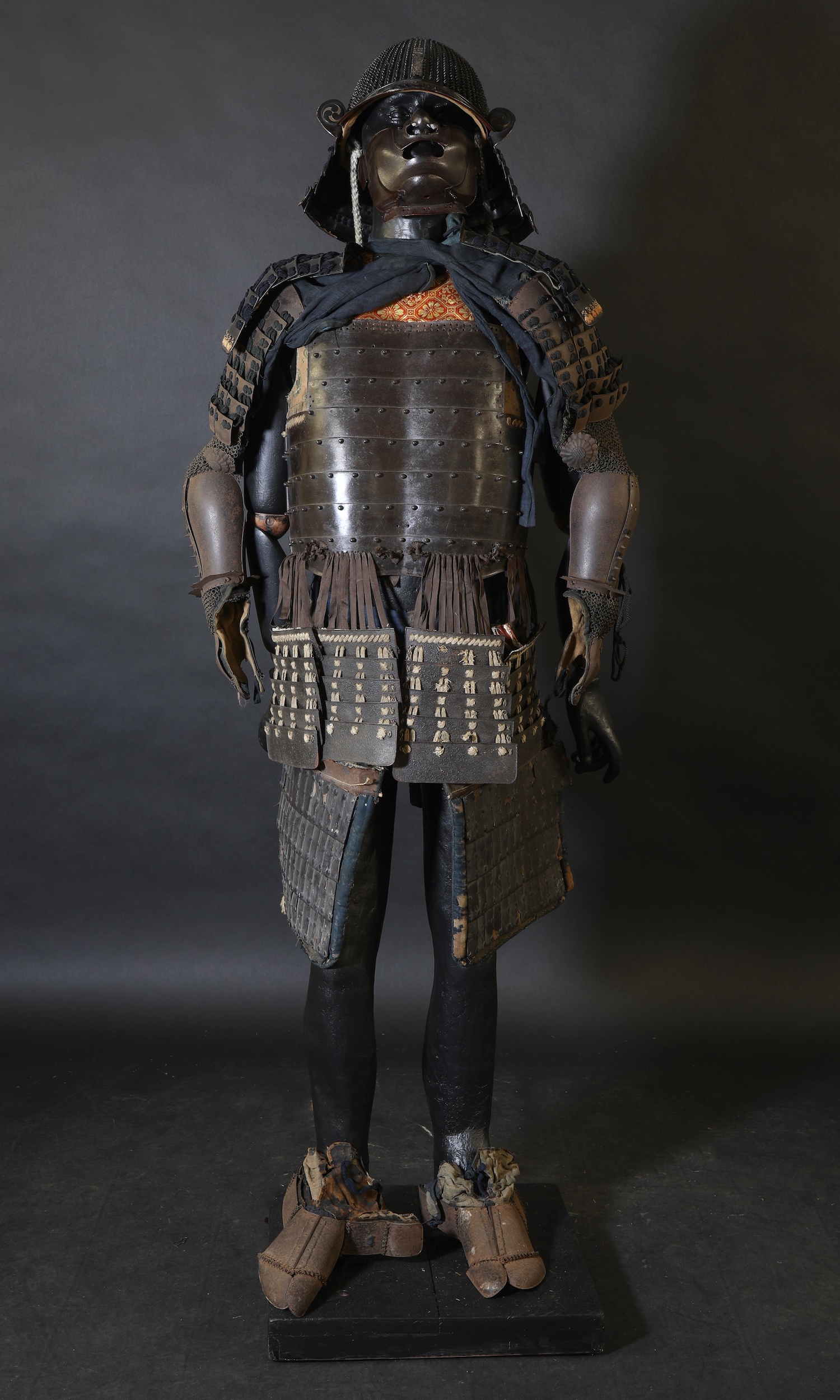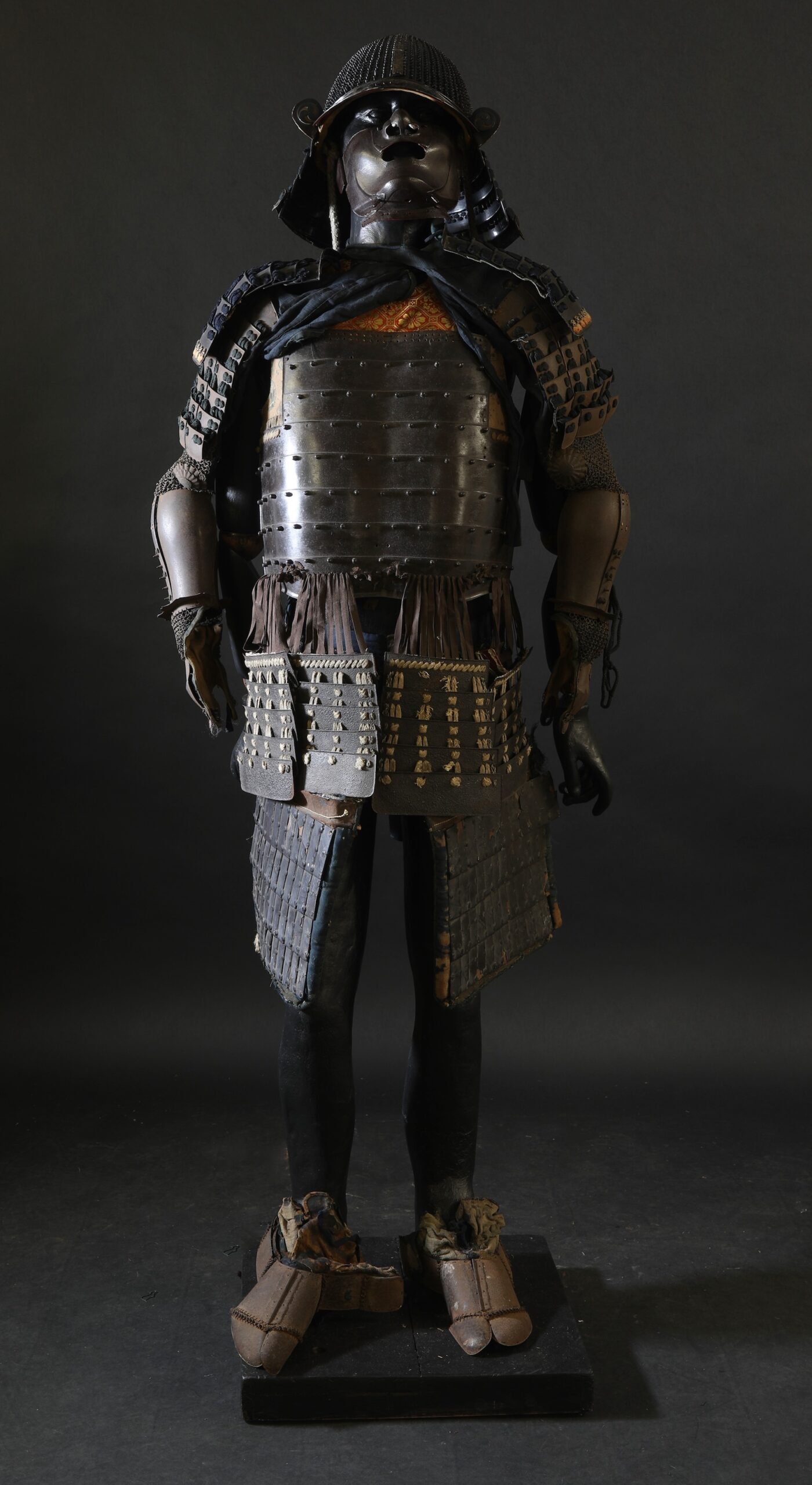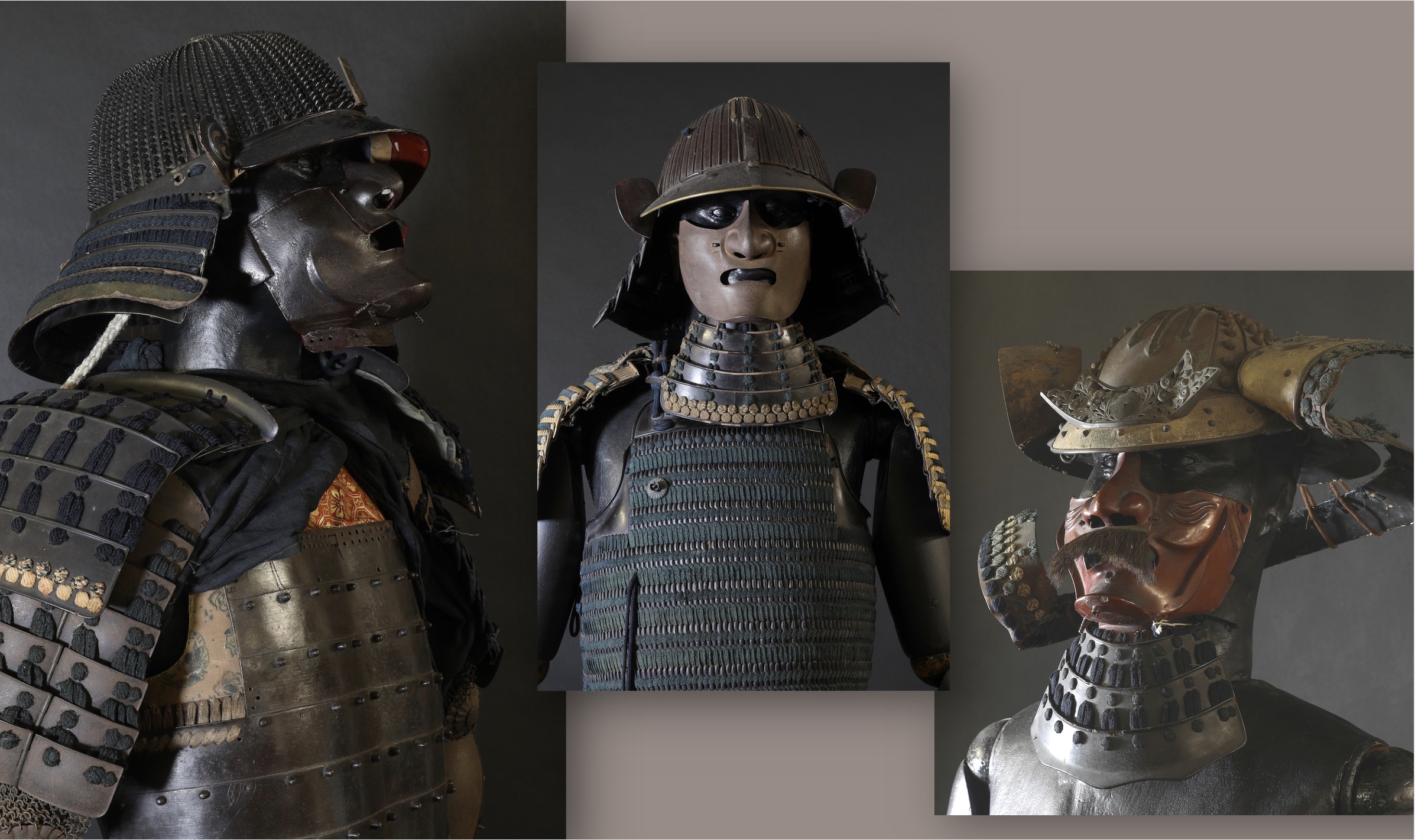#Japanese #arms #armour #spark #battle #Antique #Collecting
 Various examples of antique Japanese arms and armour are is set to be soldat Essex auction house, Sworders, on November 2 as part of their Asian art offering.
Various examples of antique Japanese arms and armour are is set to be soldat Essex auction house, Sworders, on November 2 as part of their Asian art offering.
The collection, totalling 150 lots, is being sold on behalf of the family of the late Peter Raymond Dennison, a former marine mechanic with a deep interest in historical warfare.

Mr. Dennison was a collector of Edo and Meiji period weaponry for many years and a well-known face in the collecting community. His wish was the collection should be sold at auction which is how most came into his possession.
Many of the pieces in the sale date from the Edo period (1603-1868) when the city of Edo, modern-day Tokyo, became the centre of Tokugawa shōgunate power. Although a time of peace, this was the era of Bushidō – The Way of the Warrior – when moral and military values were learnt and maintained by swordsmanship. The word samurai derives from the term meaning ‘one who serves’.

The core of the collection is an array of 17th-19th century Japanese blades, each made by folding and hammering layers of high and low carbon steel. There are some 15 examples of the wakizashi (side inserted sword) that were worn in pairs from the sash at the side; 19 katana, the classic curved, slender, single-edged blade considered among the finest cutting weapons in military history and more than 30 varieties of polearms and spears– the naginata, omi yari and su yari. They carry estimates from £80-120 to £1,500-2,500.
With Japan at peace from the early 17th century, much of the costume and the accessories of the samurai were used for parades and martial arts rather than on the battlefield. Japanese armour, in particular, was anachronistic, and still made in the centuries-old fashion with the o-yoroi (cuirass and skirt) formed of flexible plates once designed to repel a bow and arrow.

There are several good gusoku (composite armours), in the Dennison collection that date from either the end of the Edo period or the beginning of the Meiji restoration that would ultimately abolish the samurai class. The famous Haitōrei Edict of 1876 ended the ancient samurai privilege of bearing swords.
A near full suit typically comprises the o-yoroi, sode (shoulder guards), kabuto (helmet with neck guard), datemono (crest), kote (sleeve armour) and haidate (thigh armour) with kusari (chainmail) and a menpo (face mask) with yodarekake (throat guard).
Hugely decorative, 15 different sets are offered with guides from £1,000-3,500. Dennison was also interested in tsuba and other sword fittings plus Japanese matchlock rifles and examples of these are included in the sale on November 2.




